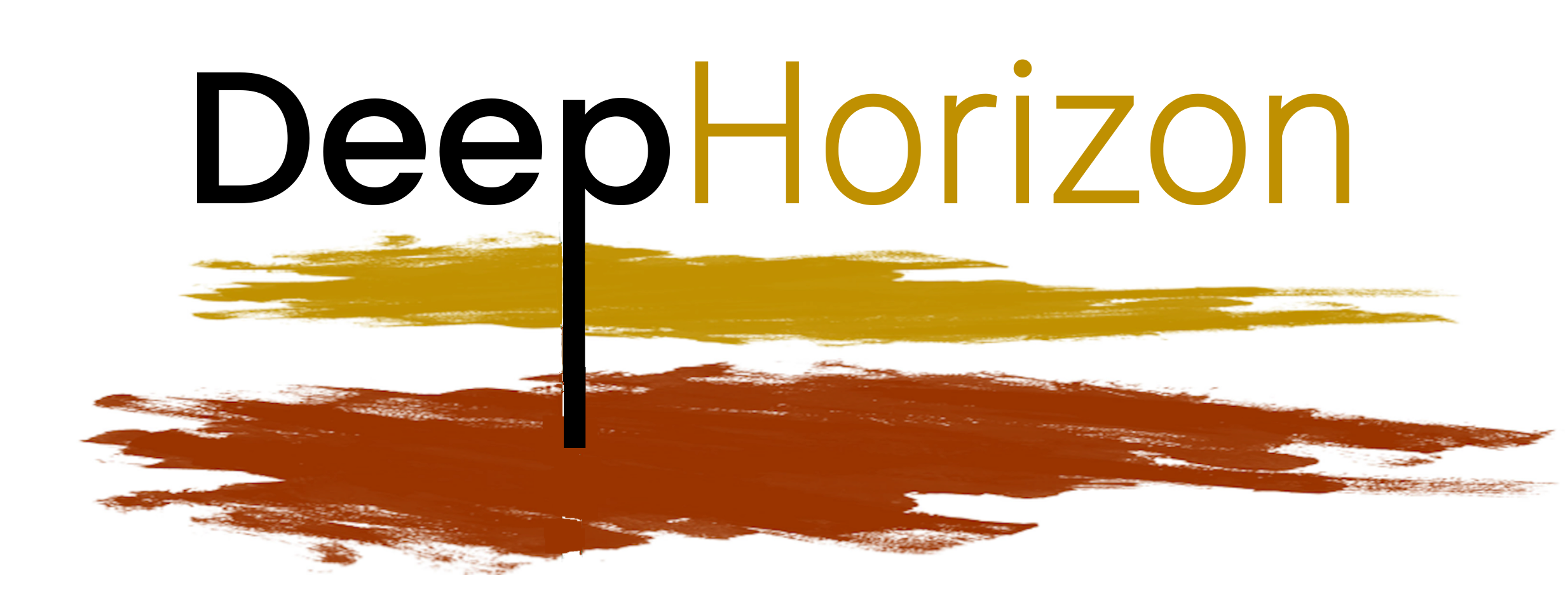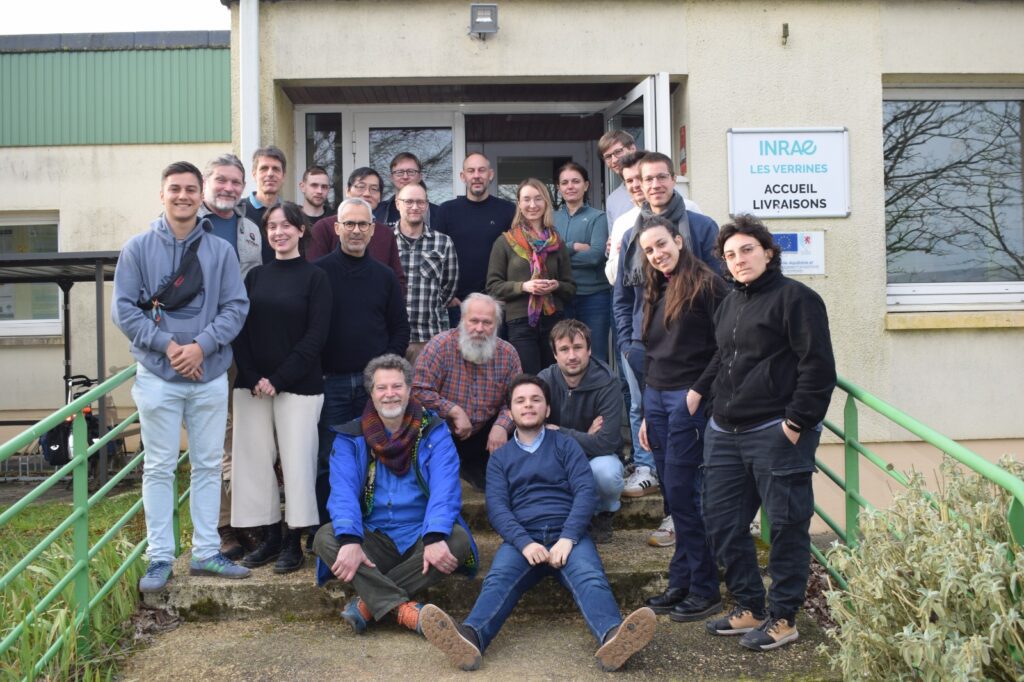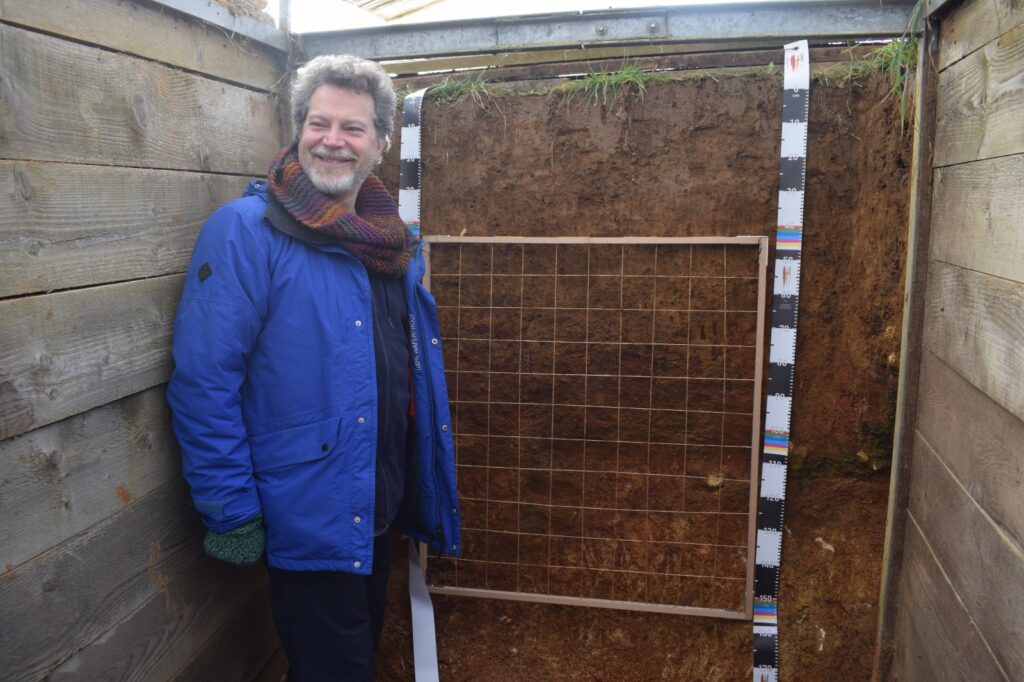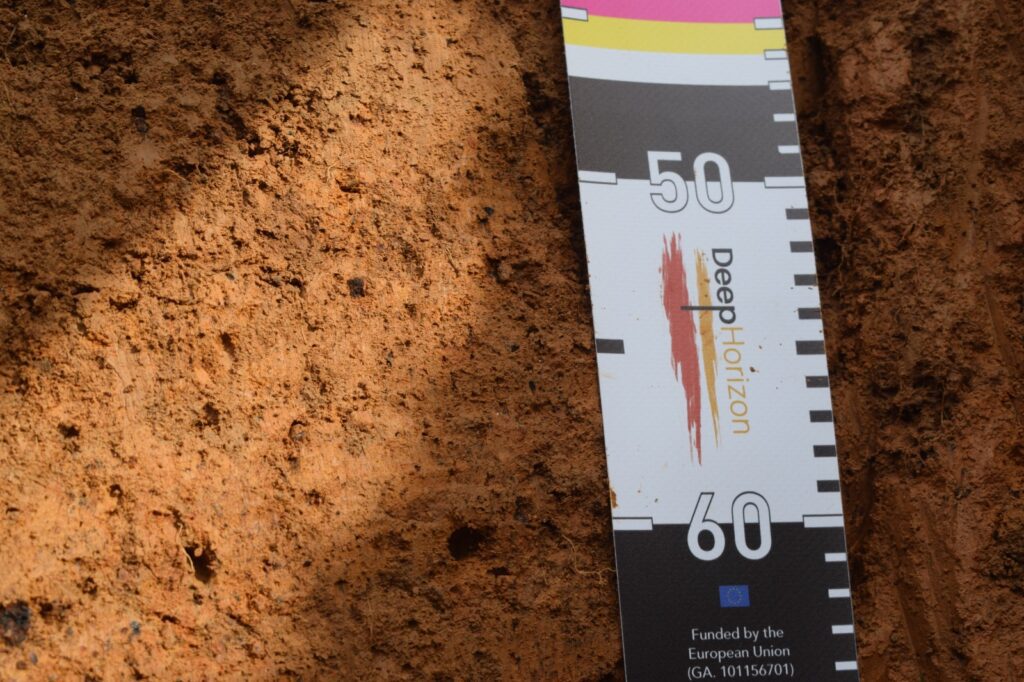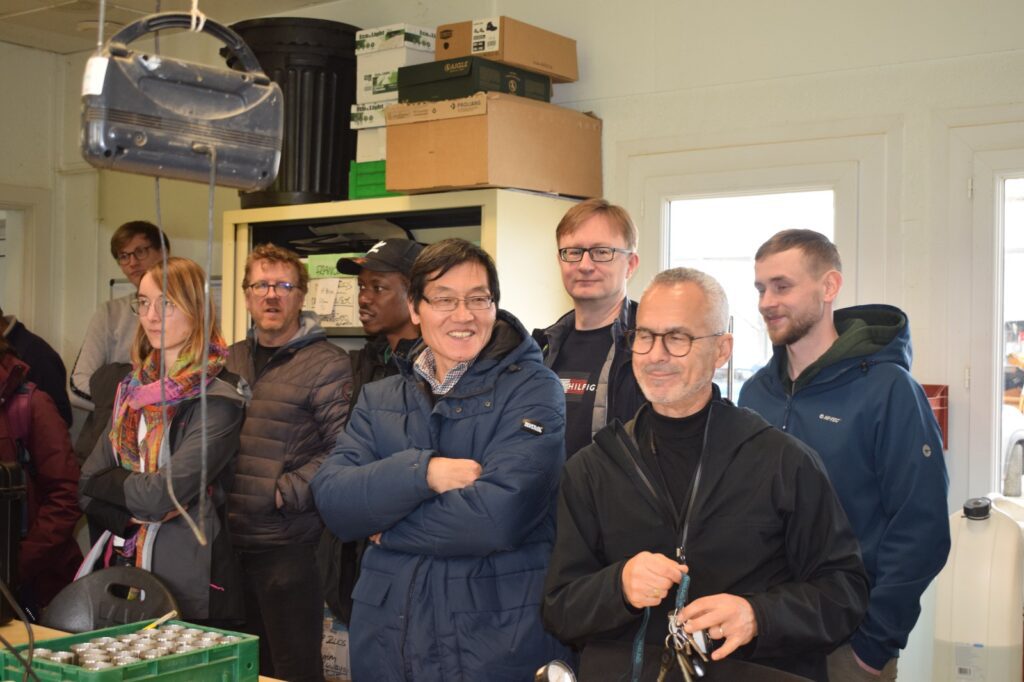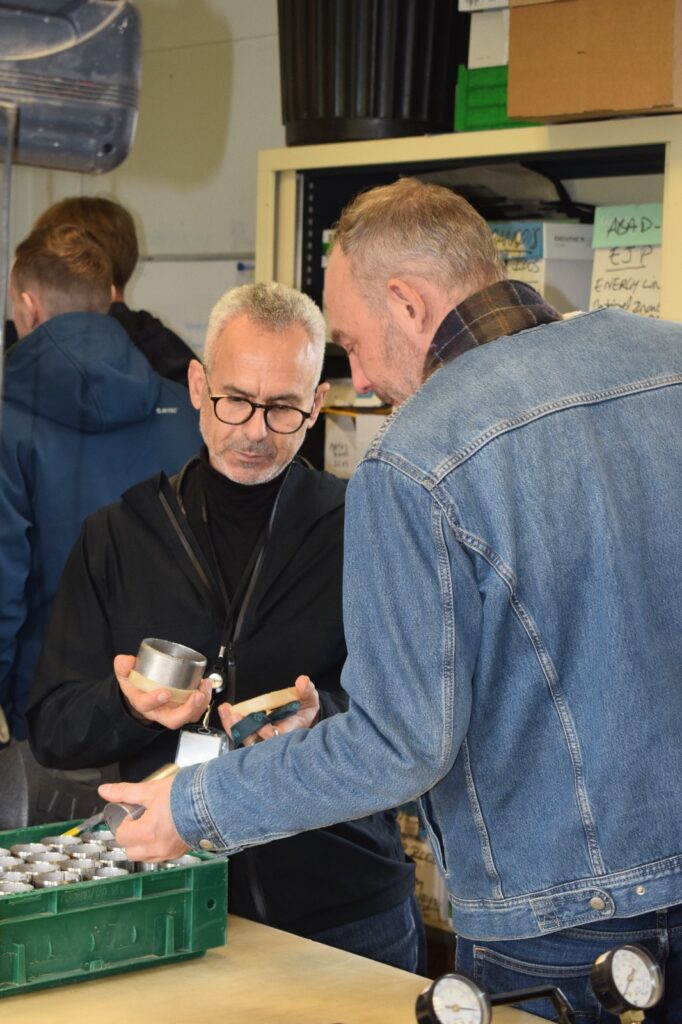Soil is everywhere, but rarely in the spotlight. Today, on International Soil Conservation Day, most conversations will centre on erosion, fertility, organic matter and the threat of land degradation. Few will talk about what lies beneath.
That’s exactly where DeepHorizon comes in.
Launched under the Horizon Europe programme, DeepHorizon is a research project with a clear goal: to investigate and improve how we manage the subsoil—the layers of earth below the topsoil, often ignored, but crucial to the future of agriculture, ecosystems and climate resilience.
“We’ve been studying topsoil for decades, but what’s happening deeper down remains something of a blind spot,” says one of the project’s scientific coordinators. “And yet, it’s the subsoil that holds long-term carbon, stores water during droughts, and supports plant roots in ways we don’t fully understand.”
The project brings together more than 15 institutions across Europe, from research centres and universities to environmental organisations and digital technology firms. Their approach combines on-the-ground soil sampling—across 40 intensive sites and over 100 test locations—with advanced modelling and stakeholder engagement. Farmers, land managers and policy-makers are not just the audience for DeepHorizon’s findings; they’re part of the process.
In practice, this means scientists are not only coring soils to depths of over a metre and analysing their chemical, physical and biological makeup, but also feeding that data into new digital tools. These tools aim to make subsoil information accessible and usable—for those who actually manage land.
Why does it matter? Because, as researchers point out, subsoil plays a silent but critical role in many of the processes we rely on. Carbon sequestration. Nutrient cycling. Water retention. Root development. And when subsoils are compacted, eroded or depleted—issues that often go unnoticed—these functions are compromised.
Part of the challenge is simply visibility. “There’s no shortage of soil policies, but most of them stop at 30 centimetres,” one of the project leaders notes. “We want to shift that perspective. If we’re serious about soil health, we have to go deeper—both in knowledge and in action.”
DeepHorizon is also working closely with policy actors at the EU level, aligning its outputs with the EU Soil Strategy and other initiatives on sustainable land use. But its impact may well be most tangible at the farm level, where decisions about tillage, cover crops, or irrigation often affect subsoil without farmers realising it.
The project team doesn’t claim to have all the answers yet—but they are asking the right questions.
And today, that might be enough of a start.
